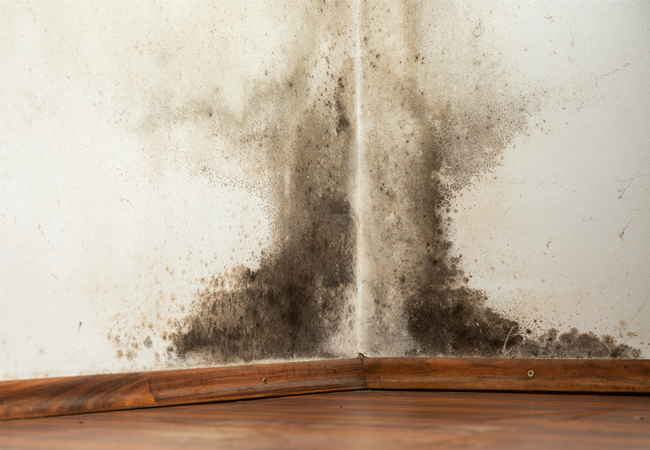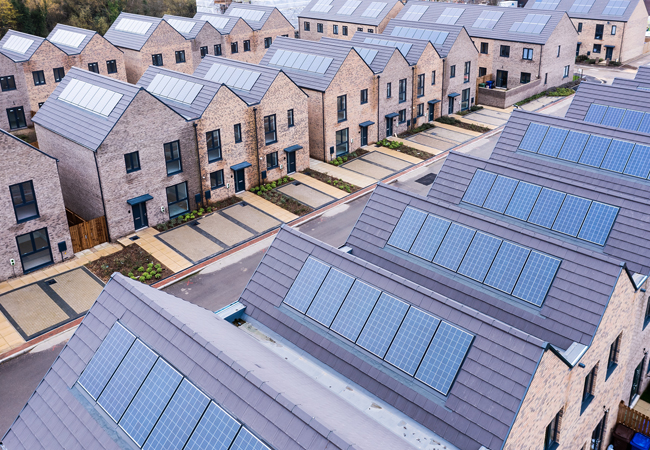
Data centre operators are evaluating liquid cooling technologies to increase energy efficiency as processing-intensive computing applications grow.
Wherever you are on your liquid cooling journey, Vertiv offers solutions and services to help you achieve your business goals and technical requirements.
As a global leader in thermal management, Vertiv solutions are based on years of research and development in collaboration with the Center for Energy-Smart Electronic Systems (ES2) partner universities, The Green Grid and Open Compute Project, and Green Revolution Cooling.
To learn more about confidently introducing liquid cooling into your data centre, download our eBook here




